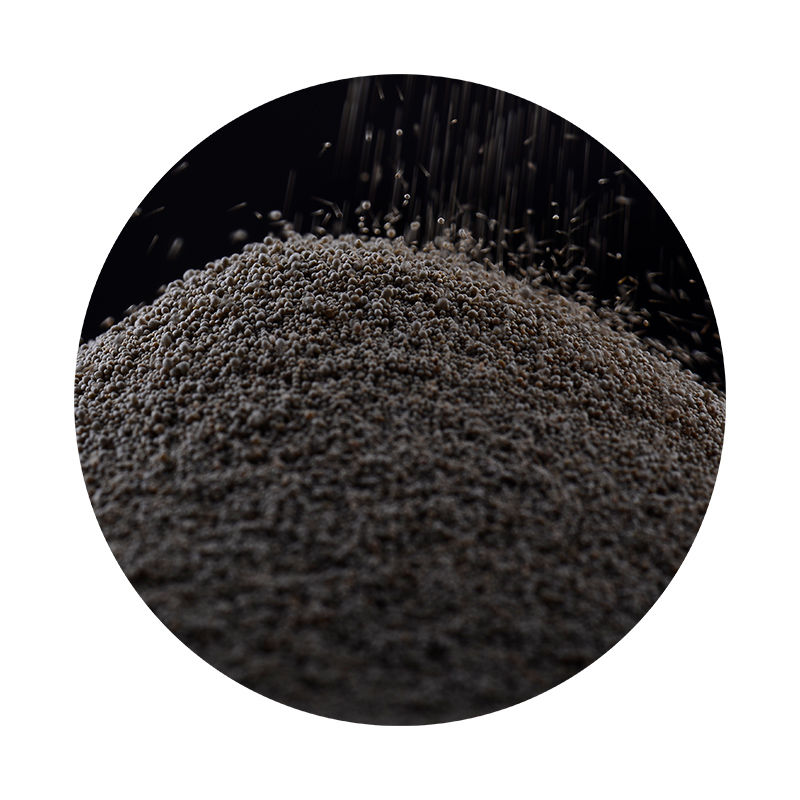The Transformation of Sintered Sand Innovation in Material Science
Sintered sand, an innovative composite material, has emerged as a significant player in the fields of construction, manufacturing, and engineering. This unique material combines the natural properties of sand with advanced thermal and pressure treatment techniques, leading to a range of applications that were previously unattainable with traditional sand. The process of sintering, where sand particles are heated to a point just below their melting temperature, allows for the formation of a solid structure without complete liquefaction, thus preserving the intrinsic characteristics of the sand.
Understanding Sintering
To grasp the significance of sintered sand, one must first understand the sintering process itself. This method involves compacting granular materials, such as sand, and subjecting them to elevated temperatures. During this process, the particles bind together at points of contact, resulting in a coherent mass. Unlike processes involving melting, sintering retains the original material's shape and properties while improving density and strength.
This technique has been widely adopted in ceramics, metals, and polymers. However, the application of sintering to sand opens up new avenues for utilizing this abundant, natural resource in innovative ways.
The Properties of Sintered Sand
Sintered sand possesses an array of desirable properties that make it an attractive option for various industries. First and foremost, it is remarkably strong and durable, allowing it to withstand considerable stress and strain. This strength is particularly valuable in construction, where materials are often subjected to harsh environmental conditions.
Additionally, sintered sand exhibits excellent thermal resistance. As a result, it can be utilized in high-temperature applications, such as furnace linings or thermal insulators. The ability to endure extreme temperatures without significant deterioration makes sintered sand a viable alternative in manufacturing processes that require heat resistance.
Moreover, sintered sand is chemically stable and can be engineered to resist various environmental factors, such as moisture and erosion. This durability enhances its longevity, making it a cost-effective choice for infrastructure projects and industrial applications.
sintered sand

Applications in Construction and Beyond
The applications of sintered sand are vast and evolving
. In the construction industry, it can be used to create composite materials for building components like bricks, tiles, and blocks. Such materials not only provide structural integrity but also improve architectural aesthetics through the versatility of sand coloration and texture.In the field of aerospace and automotive engineering, sintered sand is making a mark as a material for molds and cores used in casting processes. Its ability to withstand high temperatures during metal casting ensures precision and quality in the final products, thus improving manufacturing efficiency.
Moreover, sintered sand has gained attention in the realm of environmental technology. By integrating sintered sand with other materials, it can be used to develop sustainable building solutions that contribute to energy efficiency. For instance, when combined with recycled materials, sintered sand can create eco-friendly construction blocks that reduce waste while promoting sustainability.
Challenges and Future Directions
Despite its promising attributes, the use of sintered sand is not without challenges. The energy-intensive nature of the sintering process raises concerns regarding its environmental impact. As industries seek to reduce their carbon footprints, researchers are exploring alternative methods that could lower energy consumption while maintaining the advantageous properties of sintered sand.
Moreover, ongoing research aims to develop engineered sintered sand with tailored properties for specific applications. Innovations in additives and the manipulation of sintering conditions can lead to materials that meet the precise requirements of demanding projects across various sectors.
Conclusion
Sintered sand represents a remarkable intersection of natural materials and advanced engineering. Its unique properties make it a formidable alternative in construction, manufacturing, and beyond, promising enhanced performance and sustainability. As research progresses and new applications are discovered, sintered sand is poised to redefine material science, encouraging industries to embrace its potential for creating resilient and resource-efficient solutions. The future of sintered sand looks bright, with possibilities that extend well beyond conventional uses, paving the way for innovative developments that benefit both industry and the environment.
Post time:nóv . 18, 2024 23:55
Next:Affordable Sand Casting Solutions for Custom Metal Parts and Prototyping Services
